A motley band of adventurers, with different philosophies, motivations, and competencies. They do, however, all have one thing in common. They are united to slay the evil lich Xykon. Some do it for honor, some for greed, and some for the thrill of the fight, but they will all fight (with Xykon's minion and with each other) in the Dungeon of Dorukan!
/pic169316.jpg)
BACKGROUND: The Dungeon of Dorukan is a card based board game for 2-6 players published by APE Games and designed by Rich Burlew and Kevin Brusky. Based on the web-comic Order of the Stick, players take the role of a member of the titular party and travel down to fight the lich Xykon, fighting both monsters and each other.
SET-UP: Each player begins with a hand of 7 Battle Deck and specific Shticks from the players Shtick deck, indicated on the character card. Each player starts in the Dungeon Entrance.
GAMEPLAY: On their turn, a player may move up to 3 rooms from their starting space. If the player moves into an empty room, players draw a Dungeon Room card. Then, starting with the next player, they place a monster down. If the player is on a deeper floor, the players continue playing monsters in order equal to the level the player is on.
/pic175591.jpg)
FIGHTING: Whenever a player enters a room, they defend from the "closest" i.e., first monster played. That player uses a Shtick to fight, and roll the blue die, and add the number on the shield to the number rolled. If the number is higher than the number on the sword of that creature, apply the effect of the Shtick by the purple flag. If the creatures Wounds become 0, they die and are removed from the room and added to your stash, they drop and Loot indicated on their card in that room, and now the player may continue to fight using any available Shtick, but may choose either attack or defense, and roll the red or blue die respectively. If a player loses a fight, the fights are over, and they take a Wound.
SHTICK: Shticks are bonuses to add to combat, and determine the effect of the battle. Some cause a Draw, which nothing happens even if you win, while others cause Wounds. You may discard Loot with a total of 3 faces, or 3 monsters to draw a Shtick card.
LOOT: Once there are no monsters in a room, players may take up to 1 loot in that room, 2 if they defeated that monster or are resting. During combat, Loot may be given to a player on the same floor to add 2 to that fight for each face of that character. Loot may also be equipped by any player with their face on it, which allows them to enter Xykon's lair.
/pic143783.jpg)
WOUNDS: Each player is at max health, indicated on their character card. Whenever players take a Wound, the marker goes down. When a player gets to the bottom most Wound, the player unequips all Loot, and on each of their turns, drops a random Loot in their room, and must run back to the Dungeon Entrance. Players may forgo their attacking or moving to Rest. The player may still draw, trade, equip loot, or be fought by other players with a -4 penalty, and ask for assistance when defending.
STAIRS: Each turn, a non resting player may roll to find stairs for the next floor, with a success hit on a 1, 2, or 3. The number of floors is chosen at the beginning. In order to enter the Xykon's Lair, players must have a minimum number of Shticks and Loot. Then, players only fight in Xykon's Lair by drawing from Xykon's deck. Eventually, players fight Xykon.
/pic196580.jpg)
WINNING: Once Xykon is discovered and defeated, the dungeon starts collapsing. At the end of each turn, the player removes rooms from the dungeon, starting from the lowest level and the right or left most card and working in, with the room with the stairs collapsing last. Players in a collapsing room are moved to the next available room. Players then gain points, or Bragging Rights. Each player gets 1 point for each their face on their Loot, each Schtick in play, 1 point for each player in the dungeon when you leave, and 2*number of floors if you defeated Xykon. The player with the most Bragging Rights wins.
CONCLUSION: This is an RPG in a box, and as such, this game is LOOONG! The minimum amount of time I have managed to play this in was 2 hours. Keep in mind that this was without the expansions, we all had played before, and this was the shortest session. I have found that this game can be quite enjoyable, especially with a group that loves longer games, but let's be honest, that's usually a smaller group. The humor is on point for Order of the Stick's early work, and if you don't take it too seriously, it can be a lot of fun. As a note of caution, this game will eat up a lot of time, especially if you want to play for longer period of time. The biggest strengths of this game are, unexpectedly, the rules and, more expectedly, the humor. This is not a game you can pull out at every game night, but the few times you can are generally pretty fun if you give it a chance and know what you're getting into.
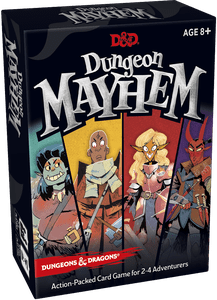
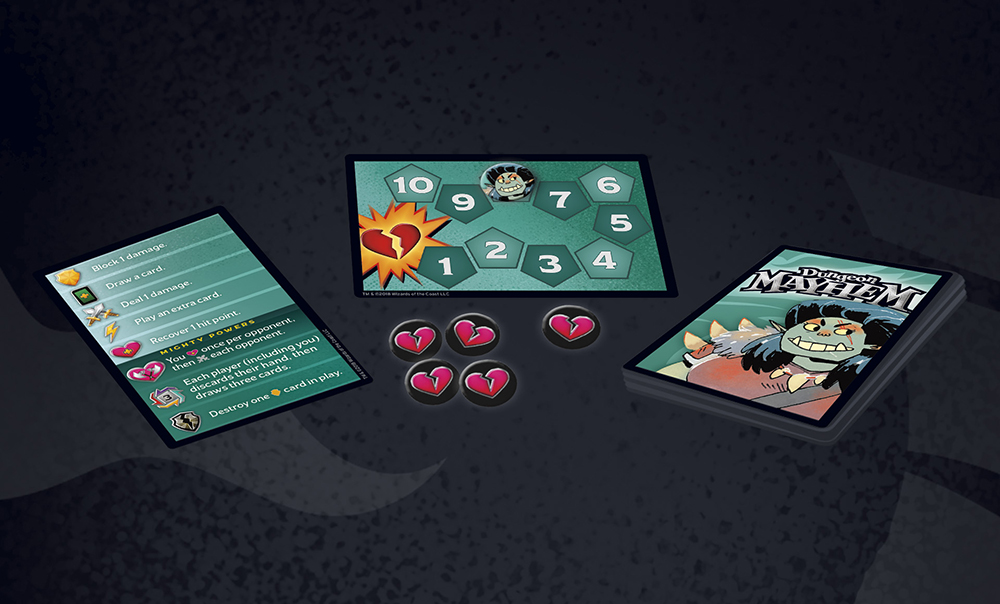


/pic4324307.jpg)
/pic4324298.jpg)
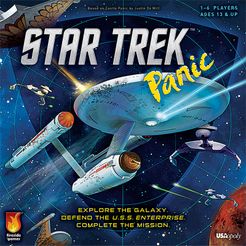
/pic3062477.jpg)

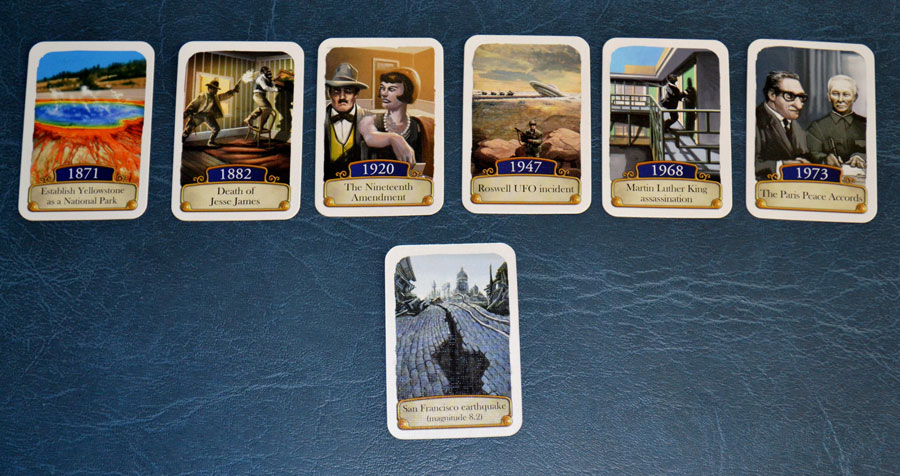
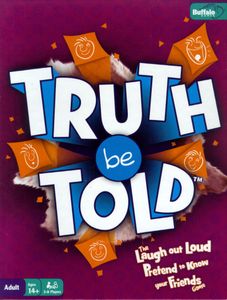
/pic578440.jpg)
/pic3140636.png)
/pic3162273.jpg)
/pic301950.jpg)
/pic1568534.jpg)
/pic301982.jpg)



/pic3925506.png)
/pic3615461.jpg)
/pic4025441.jpg)
/pic4026577.jpg)
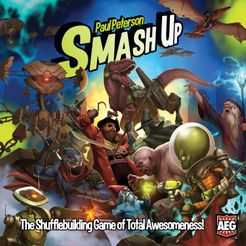




/pic1363812.jpg)
/pic1239564.jpg)
/pic4216110.jpg)
/pic4243174.jpg)
/pic4285197.png)
/pic38668.jpg)
/pic38674.jpg)
/pic38676.jpg)
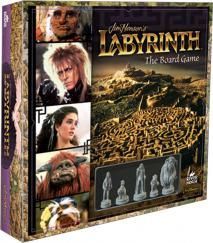

/pic3686323.jpg)

/pic169316.jpg)
/pic175591.jpg)
/pic143783.jpg)
/pic196580.jpg)
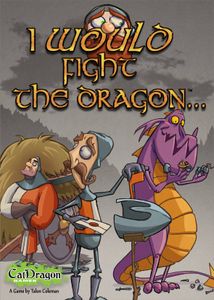


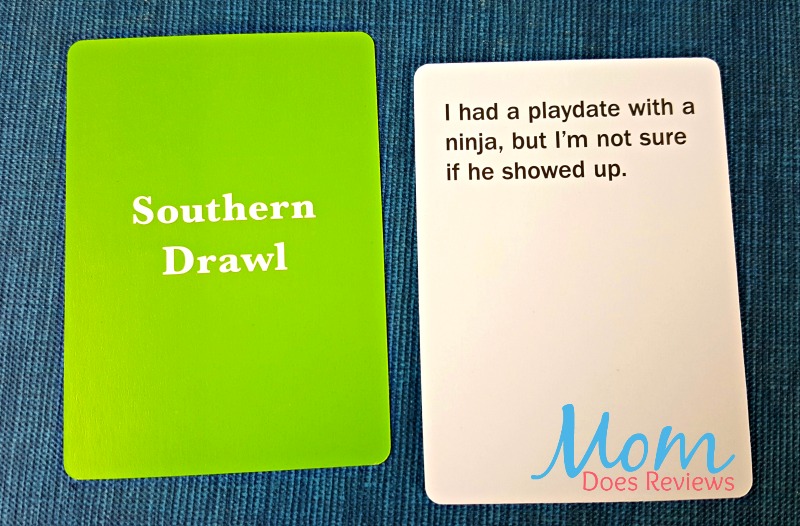
/pic191011.jpg)
/pic179902.jpg)